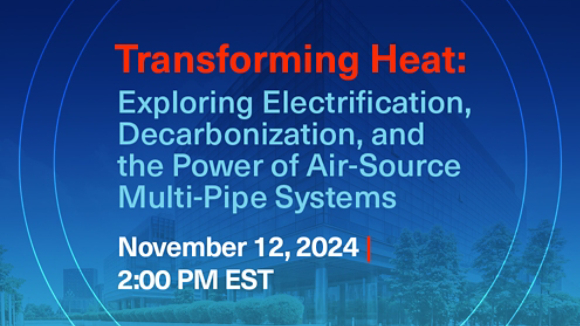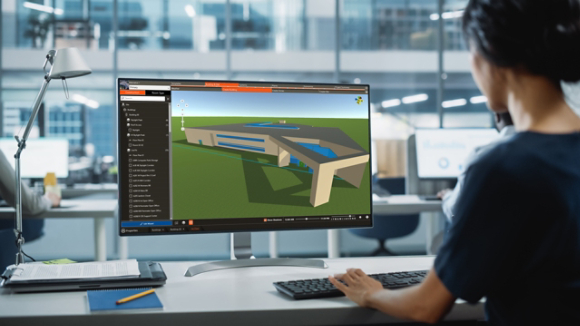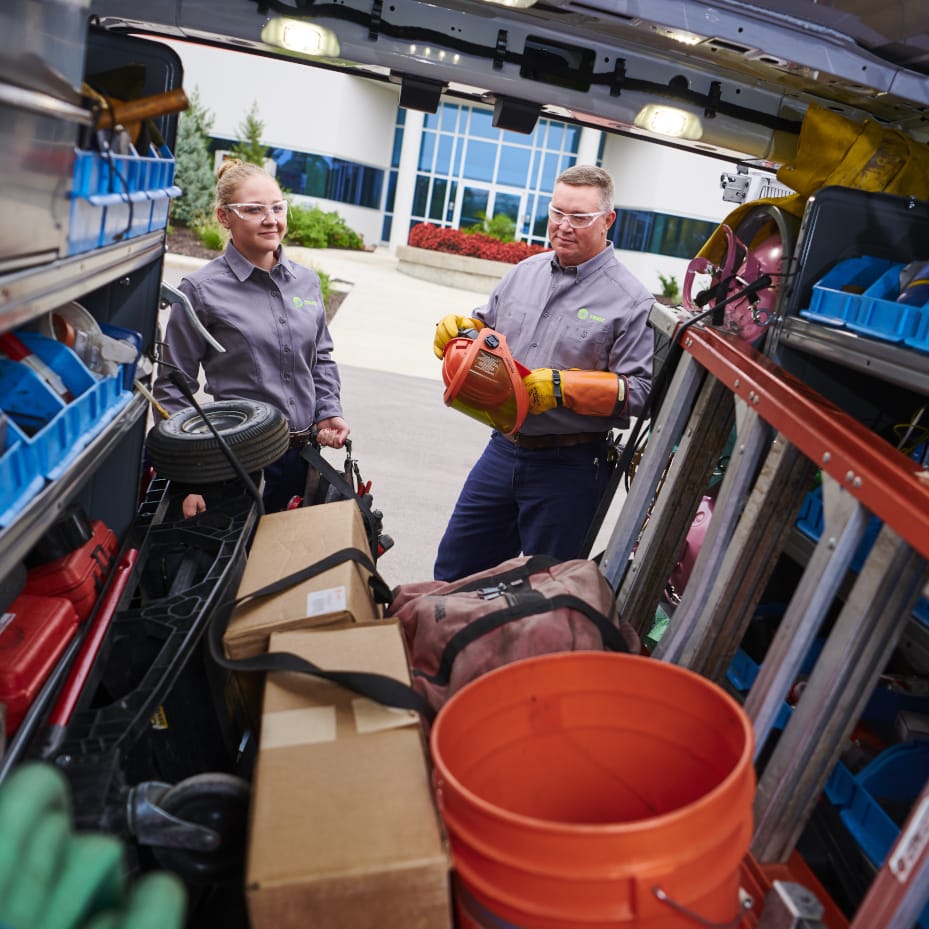Learn the protocols, considerations, and application factors to help choose the right building communication medium for your system.
Learning Objectives:
- Identify the various protocols, mediums, and topologies available for building communications.
- Discuss the key considerations for choosing a communication protocol—including BACnet, Modbus, LonTalk and proprietary languages.
- Explore the application factors that would lead you to choose communication mediums, between wired and wireless, and topologies.
- Describe how to mix and match communication mediums, protocols, and topologies for optimal system, design.
Meet the Speaker

Krista Hubbs
Product Manager, Terminal Unit Controls & Air-Fi® Wireless
Trane Commercial
Krista joined Trane in 2021 as a Controls Product Manager for the Terminal Unit Controls and Air- Fi Product line. In this role, she is focused on commercializing our next generation of factory and field-mount controls and sensors, enhancing the connectivity, serviceability, and flexibility of the offerings in our portfolio. Prior to joining Trane, Krista worked in Product Management at Cummins, managing High Horsepower Diesel Gensets and at Honeywell managing a portfolio of Sensors and Electromechanical Devices for the Aerospace and Off-Highway Transportation markets. She started her career as an Industrial Business Developer at Dow Corning Corporation Krista graduated from the University of Michigan-Ann Arbor with a BSE in Mechanical Engineering and completed her MBA at the University of Michigan-Flint.

Christopher Gist
Portfolio Leader, HVAC Equipment Controls
Trane Commercial North America
Christopher Gist is a Portfolio Leader, responsible for Trane’s HVAC Equipment Controls. Chris has spent 22 years in the Energy Services and Controls industry and has performed a diverse set of leadership, technical, and marketing roles throughout the Trane organization since joining the company in 2003. He currently leads Trane’s efforts centered on new controls product development and introduction of technological enhancements across Trane’s HVAC portfolio. In previous Product Management roles, he has been responsible for Trane’s software service tool and energy metering portfolios. He has also led multiple centralized fulfillment and operations teams responsible for controls installations throughout North America. Chris holds a Bachelor of Science degree in Mechanical Engineering from the University of Minnesota and a Master’s Degree in Business Administration from Indiana University’s Kelley School of Business. He is a Certified Energy Manager and a graduate of the Trane National Leadership Development Program. Outside of Trane, Chris enjoys the company of his wife and two sons. He is a lifelong Minnesotan who thoroughly enjoys the outdoors; be it fishing and camping in the summer, hunting in the fall, or coaching hockey and ice fishing in the winter. He is a volunteer and executive board member for multiple youth organizations.
View More Webinars

Webinar
Transforming Heat: Exploring Electrification, Decarbonization, and the Power of Air-Source Multi-Pipe Systems

Webinar
Decarbonizing the Built Environment: The Role of Embodied Carbon, LCAs, and EPDs






































































































